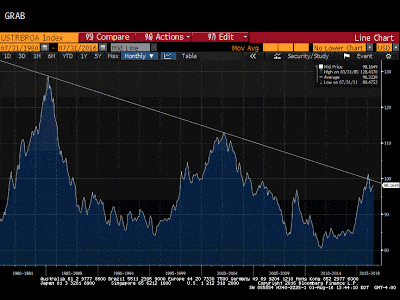New Zealand’s Central Bank Cuts, but the Currency Shrugs
The US dollar has found steadier footing today after trading heavily yesterday. There are two main themes. The first is sterling’s heavy tone. After closing the North American session 0.5% higher yesterday to snap a five-day losing streak, it has come under new pressure today.




